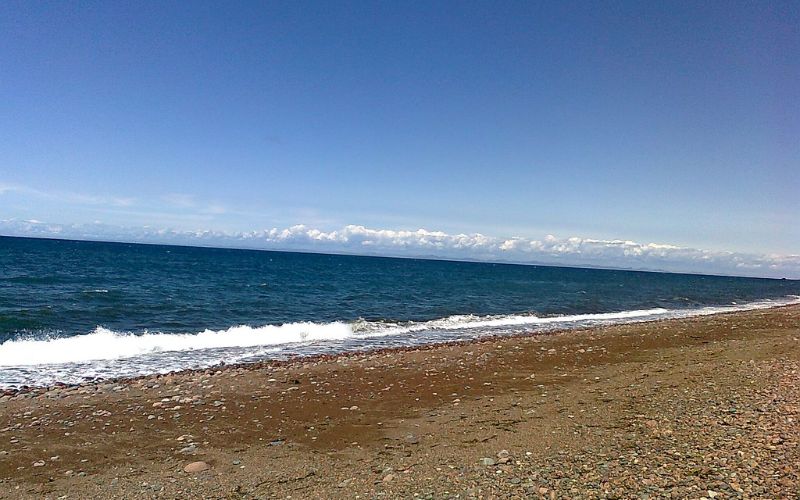A team of researchers from the University of Massachusetts Lowell and Queen’s University Belfast will expand an archaeological project launched last year to learn more about some of the region’s first Irish settlers.
For the second year, the team will dig in Lowell and for the first time, will travel to Northern Ireland to dig there.
The researchers will be returning to the grounds of St. Patrick’s Church in Lowell where last summer they began excavating land on which the city’s first wave of Irish laborers settled.
The workers first came to Lowell in 1822 to build the canals that would help power the city’s burgeoning textile mills. Last year’s five-day dig yielded more than 1,300 artifacts, including children’s marbles, pieces of rosary beads, remains of clay pipes, oyster shells and iron nails, remnants that help tell the story of the settlers’ daily lives.
_______________________
Read more:
Medieval skeleton remains may reveal Ireland's 'Helen of Troy'
Were Ireland and Britain once joined by a land bridge?
‘Bog Butter’ find believed to be 2,500-years-old
_______________________
On Thursday, Aug. 11, members of the team, including Prof. Colm Donnelly, archaeologist and director of the Center for Archaeological Fieldwork at Queen’s University and Prof. Frank Talty, co-director of the Center for Irish Partnerships at UMass Lowell, will be available for media interviews at the excavation site, St. Patrick’s Church, 282 Suffolk St., Lowell, from 1:30 to 3:30 p.m.
On Friday, Aug. 12, at 6 p.m. there will be a reception at the UMass Lowell Inn & Conference Center, 50 Warren St., Lowell. Artifacts from both the 2010 and 2011 Lowell digs will be displayed. Proceeds from the event will help fund future archaeological work. The event is open to the public. Tickets are $30 and can be obtained by calling Victoria Denoon, 978-934-4744.
During the week of Aug. 21, the research team will travel to County Tyrone in Northern Ireland to excavate a site on the homestead of Hugh Cummiskey, the immigrant who led the first group of Irish laborers on the 30-mile walk from Boston to Lowell. At the time, Cummiskey was a construction foreman on Charlestown docks. The excavation is expected to provide insight into Cummiskey’s life before emigration.




Comments